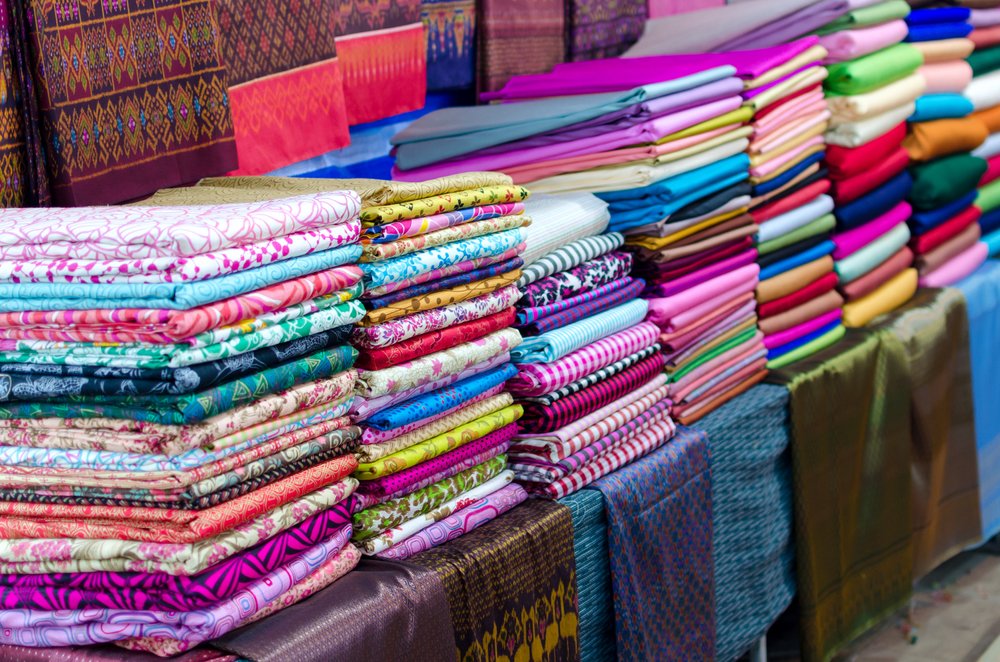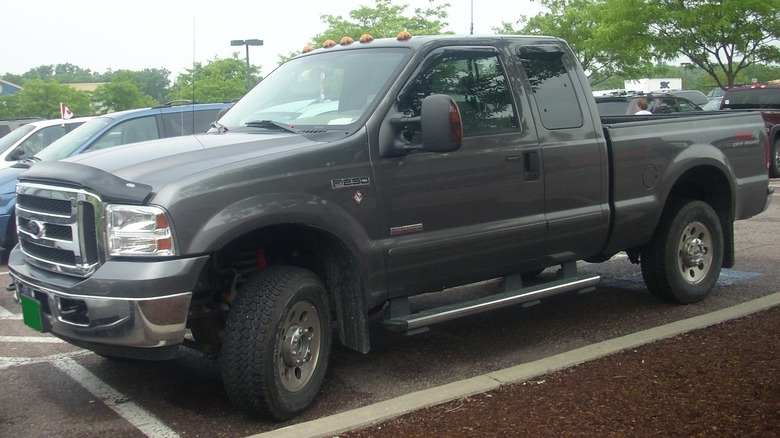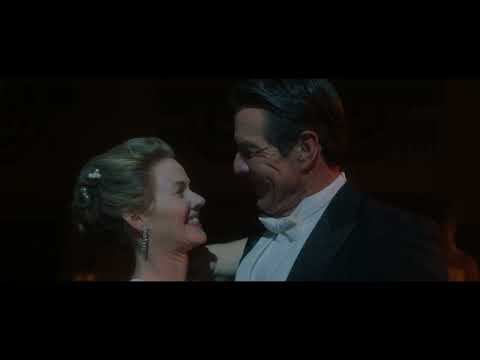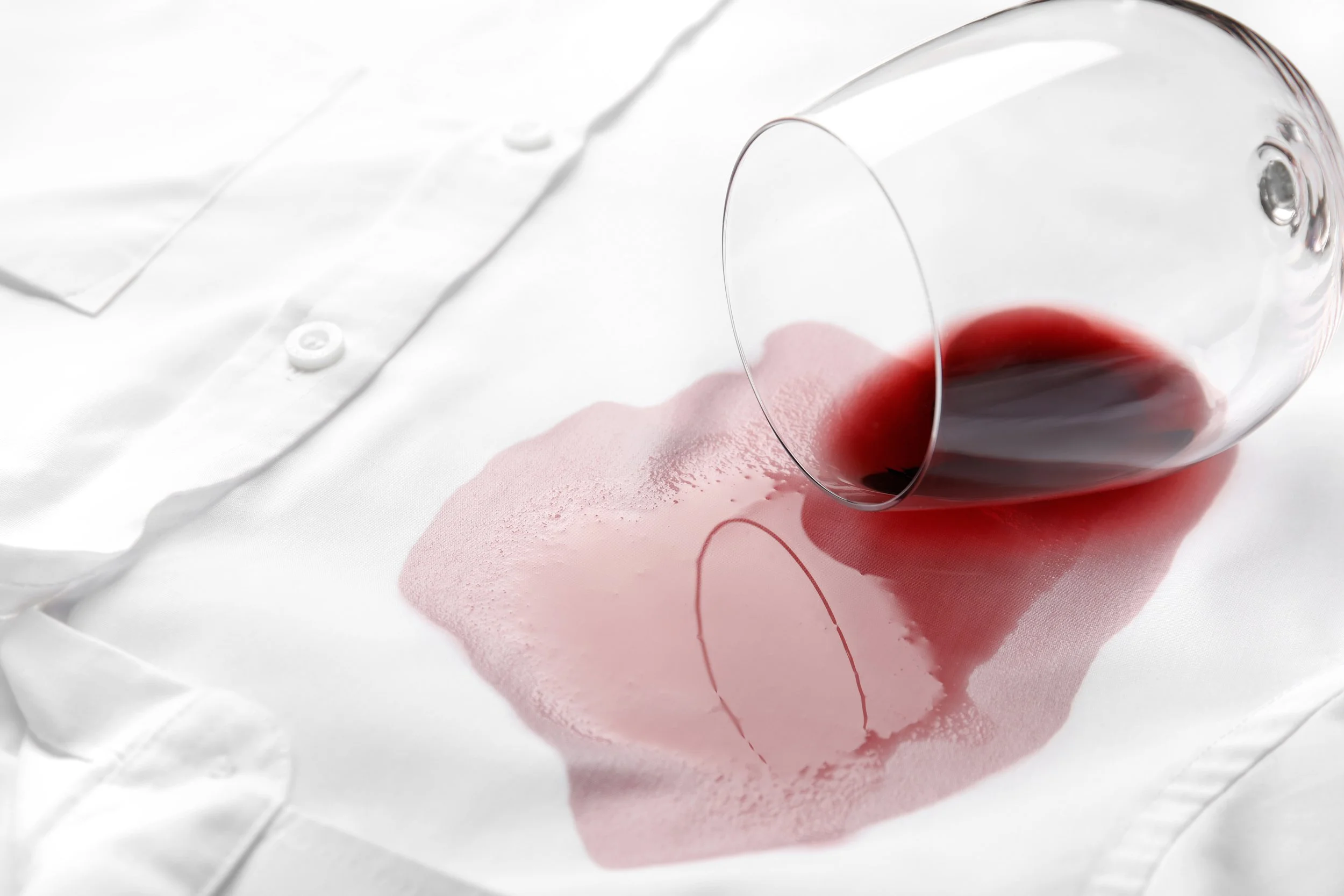Ever read a garment tag and wonder what a particular term means? Here are definitions for common terms seen on garment tags.

Common Fabric Terms
Ever read a garment tag and wonder what a particular term means? Here are definitions for common terms seen on garment tags.
Acetate - A synthetic fiber which is used for luxurious fabrics such as taffeta and satin. It is often blended with rayon.
Acrylic - The generic name for a synthetic fiber derived from polyacrylonitrile. Acrylic is typically used as a substitute for wool.
Angora - A hair fiber from the angora rabbit. It may be blended with rayon or wool fibers for a novelty effect.
Boucle - A rough, fairly thick, slubby yarn that gives fabric a tufted or knotted texture. Brocade - A heavy jacquard weave fabric with a design, such as flowers, woven into it. Metallic threads are often used in brocades.
Chenille - A fuzzy pile yarn that resembles a caterpillar or pipe cleaner commonly found in rugs, bedspreads, and bathroom accessories but is also used in sweaters, blouses, and dresses.
Chiffon - A sheer lightweight, drapable, woven fabric, originally made of silk but usually made from man-made fibers today.
Chintz - Any closely woven, plain weave fabric, with a shiny lustrous finish often printed in bright floral designs.
Corduroy - A pile corded fabric in which the rib has been sheared or woven to produce a smooth, velvet-like nap.
Crepe - A fabric with an overall crinkled surface that is made from yarns with such a high twist that the yarn actually kinks.
Damask - A heavy jacquard weave fabric used for tablecloths, home furnishings, and occasionally clothing.
Denim - A twill weave fabric with a colored warp and a white filling thread.
Faille - A woven fabric with a very narrow crosswise rib.
Fake fur - A common term for synthetic fabric used to imitate animal pelts.
Felt - A fabric made from wool, fur, or hair fibers that mesh together when heat moisture and mechanical action are applied.
Jersey - A single knit fabric with plain stitches on the right side and purl stitches on the back.
Lace - A fabric made of knotted, twisted, or looped yarns to produce a fragile, sheer fabric, usually with intricate design patterns. Common types of lace are Alenaon, Battenberg, Schiffli, and Venise.
Lame - A fabric with all metallic yarns or a combination of metallic and fiber yarns.
Leno - An open, lacy woven fabric with a pair of filling yarns twisted around the warp yarns in patterns to achieve a lacy effect.
Madras - A finely loomed cotton imported from Madras, India. Dyes on this fabric are made of vegetable dyes which will bleed.
Matelasse - A fabric with a quilted or puckered appearance made on a jacquard or dobby loom.
Metallic Fibers - Manmade mineral fibers composed of metal, plastic-coated metal, metal-coated plastic, or a core completely covered with metal. Metallic fibers are used to create shiny decorative yarns.
Modacrylic - The generic name for a modified acrylic fiber. It is used most commonly to make fake furs.
Mohair - The long, lustrous hair of the angora goat.
Moire - A wavy rippling pattern somewhat like a watermark. Some moiré effects can be created by printing or in the weaving of the fabric. These are intentional and should be there.
Muslin - A plain weave fabric usually made of cotton or cotton blend, ranging from sheer to heavyweight. Muslin can be bleached or unbleached.
Nonwoven Fabrics - Fabrics made from fibers that are held together in a web by mechanical, heat, or chemical means. Examples include felt and Ultrasuede.
Oxford - A fabric that is woven in a basket weave and made of cotton or cotton
blend. It often has a thin, colored warp and a thick, white filling.
Peau de Soie - A heavy, smooth silk fabric usually woven in a satin weave and especially popular for formal wear including wedding gowns.
Pile - A woven fabric containing an extra set of yarns woven into the base of the fabric to produce the "hairlike" surface texture. Velvet, velveteen, corduroy, and fake fur are the most common pile fabrics.
Pique - A fabric woven with small raised geometric patterns.
Pleats - Folds of cloth arranged in a certain way. Can be heat set or sewn as the garment is made. Common types are Accordion, Box, and Sunburst.
Polyurethane - A material which is laminated to other fabrics to provide
warmth.
Ramie - A strong, lustrous natural fiber from the ramie plant grown in Asia. Ramie is a member of the cellulose family and has characteristics similar
to those of cotton, linen, and rayon.
Rayon - The generic name for a cellulose-based, manmade fiber. Rayon has characteristics similar to those of cotton, linen, and ramie. Satin weave fabrics are characterized by yarns that usually float over four to seven yarns before being interlaced with yarns laid in the opposite direction.
The floating yarns along the surface reflect light, which gives the fabric its luster. Satin fabrics can be made from silk or manmade fibers such as acetate or polyester.
Seersucker - A fabric that is woven with a crinkle stripe in the direction of the warp or checks and plaids. The crinkled effect is produced by weaving one stripe under tension and the other slack.
Shantung - A silk fabric with a rough texture woven with uneven yarns in a plain weave. The texture effect is enhanced by occasional thicker thread with knots, lumps, and other imperfections.
Silk - A natural filament fiber produced by the silkworm when spinning their cocoons.
Spandex - The generic name for a manmade fiber with elastic properties. Cleerspan, Lycra, and Numa are typical brand names for spandex fiber.
Taffeta - A plain weave fabric with a crisp, somewhat shiny surface.
Velour - A knit or woven fabric with a thick, short, pile.
Velvet - Velvet is a fabric with a short closely woven pile. It is usually made of rayon, acetate, silk, nylon, or a blend of these fibers.
Velveteen - A fabric similar to velvet, but is usually made of cotton or a cotton/polyester blend, and has a shorter pile and is duller than velvet.
Woolen - A wool fabric made from loosely twisted yarns that has a somewhat fuzzy surface.
Worsted - A wool fabric with a clean smooth surface made from tightly twisted yarns.














